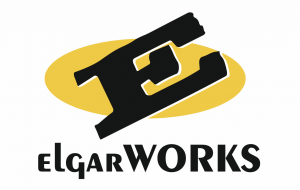
This quality control system detects errors in the mechanized pieces of motor vehicles (marks, bumps, chips, uncleaned forging, roughness) thanks to neural segmentation networks (deep learning) and 3D measurements. The purpose of the system is to discard all those mechanized pieces that cannot be use at future points of the assembly line.
Before the installation of our Q&A system, ElgarWorks used to perform this quality control with human supervision, adding a subjective component that can lead to human error and delivery of defective pieces.
The capture system has a high-resolution matrix, linear cameras and a profiling laser, previously calibrated for the parts. These cameras, accompanied by professional lighting, obtain stable and robust captures of the different areas of the piece (sides, bottom, top, and the inside).
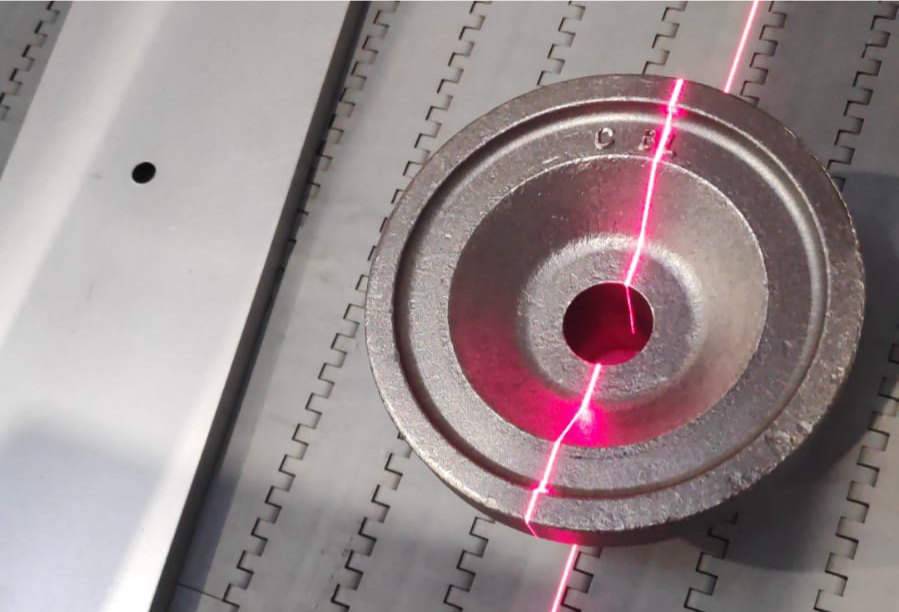
Part on conveyor belt inspected by profiling laser
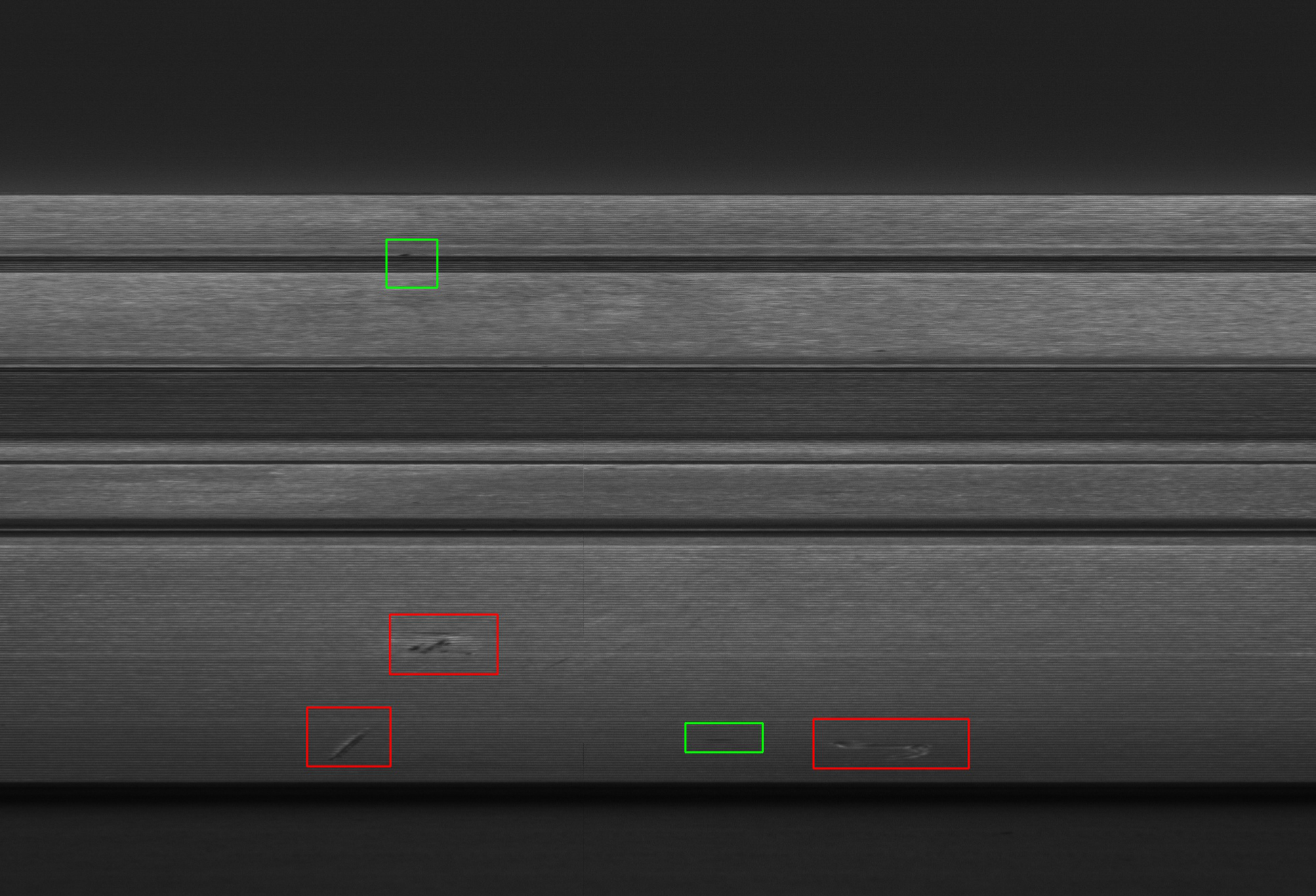
Software screenshot: error detection details
The trained neural networks have millions of parameters whose objective is to determine if each pixel belongs to a possible error. The system is capable of identifying two types of errors: those that are real errors (red in the screenshot above) and those that are human footprints, dust, foreign objects, or even changes in lighting due to the anti-corrosive liquid that is applied to the pieces (green in the screenshot above).
The trained networks are based on a state-of-the-art architecture and one of the latest models designed to segment images originally created to process medical images.
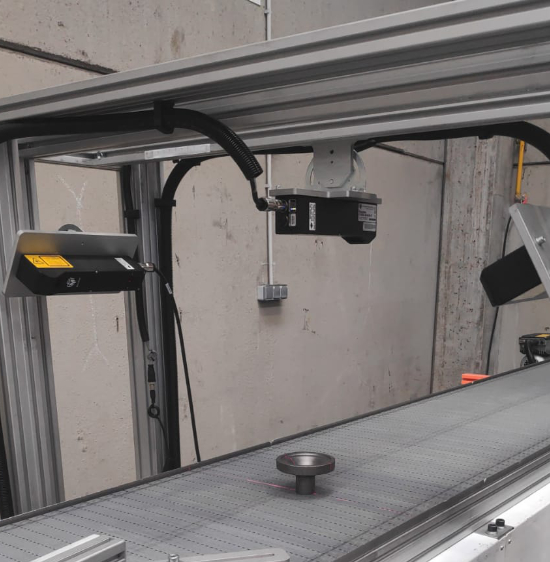
Part on conveyor belt under the cameras
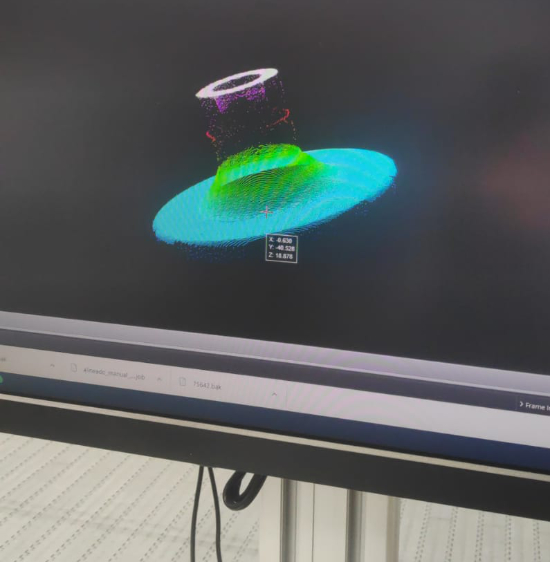
Part on the system display
Share your thoughts
No Comments
Sorry, the comment form is closed at this time.